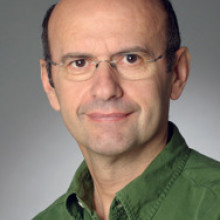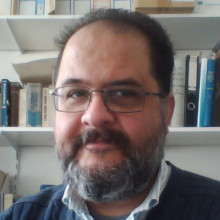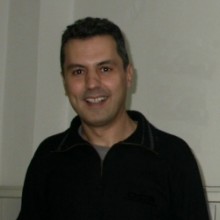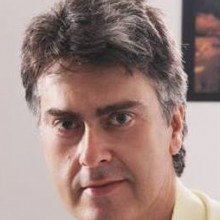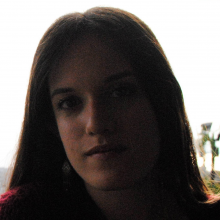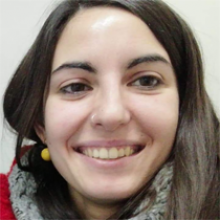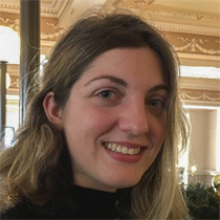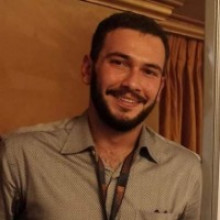The Dynamics lab at IESL-FORTH uses light (especially lasers) to study Chemistry. Current projects are briefly discussed below.
Research Topics

We have investigated the dynamics of HBr, CH3Br and CH3I when excited in the 7-10 eV region. The interactions between Rydberg, ion pair and ionic states of the molecules affect the photoproducts significantly. For example, while excitation energy in CH3Br is distributed in electronic and ro-vibrational excitation of the CH3 fragment, in CH3I all excitation energy is channeled into electronic excitation of the I fragment.
Our CH3I work was featured as a PCCP 2020 Hot Article and Editor’s choice in 2020.
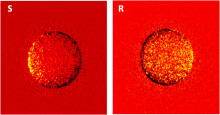
We published the first tunable ns PECD data using a tunable ns laser to ionize fenchone enantiomers in the 375-420 nm region in order to see if PECD changes with vibrational level excitation. Our data suggest that is doesn’t, but further investigation in different regions and molecules is needed to confirm.

The aim is to characterize the important factors that influence the kinetics of elementary reactions at surfaces, e.g. the chemical nature of the catalyst and the geometry of the active site (stereodynamics). We chose elementary reactions involving C, H, O, N, as these are important in many key industries, such as the methane reforming, syngas, fuel cells, Fischer-Tropsch synthesis and the Haber-Bosch process. Our strategy is that of a “bottom-up” approach to catalysis, i.e., building and understanding complex heterogeneous chemical catalysis, from the site-specific kinetics of the elementary building block reactions. Our measurements, will serve for benchmarking first principles calculations of reaction rates in surface chemistry. Our methodology measures the kinetics in the ms regime with temperatures in the 200 to 1000 K range, i.e, conditions more relevant to industrial conditions.
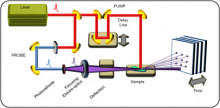
Our Time-Resolved Electron Diffractometer is currently under construction. We use the term “time-resolved” and not "ultrafast" as we plan to use both ultrashort (500fs) and nanosecond laser pulses, in order to investigate phenomena ranging from a few ps to μs. We envision first experiments in “dark” reactions in gas phase with a plan to expand in solid state studies as soon as technically possible.

We combine machine learning analysis methods and spectroscopic data ( UV-NIR absorption, fluorescence, FT-IR) of pure fossil fuels (different types of gasoline and diesel) and adulterants (solvents, lubricants, lubricants waste oils) and their mixtures aiming to develop a system that will detect fuel adulteration spectroscopically in a reliable, cheap and user-friendly fashion. The work is funded under project "APOFASH".
This work is part of a general research direction aiming to improve how we use light and spectroscopy to detect molecules of choice in a chemical mixture.



